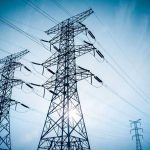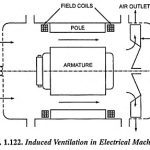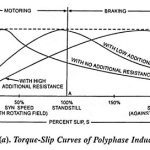Design of Electrical Apparatus Interview Questions and Answers
Design of Electrical Apparatus Interview Questions and Answers: Following are the below Design of Electrical Apparatus Interview Questions and Answers, Design of Electrical Apparatus Important Questions and Answers 1. What…


